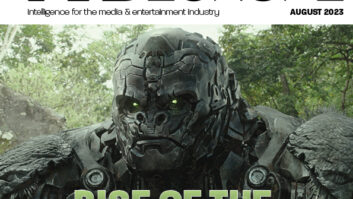
The European Broadcasting Union (EBU) has applauded the decision by the ITU’s World Radiocommunication Conference (WRC-15) on the use of the UHF band.
Representatives of over 150 governments took the decision that UHF spectrum will remain exclusively allocated to terrestrial TV services in ITU Region 1 well into the next decade. Delegates reached this conclusion after deliberations over whether the lower UHF frequency band (470-694 MHz) should be retained for broadcasting only or also allocated to mobile broadband.
Representatives reached a consensus that this spectrum, currently used by broadcast services such as digital terrestrial TV, is too important to be allocated to mobile services. They agreed that there would be no change to the allocation in the 470-694MHz band either now, or at WRC-19 in four years’ time. Instead there will be a review of the spectrum use in the entire UHF band at the WRC in 2023. This added security will enable many countries in ITU Region 1 to continue with their digital switchover programmes
Reacting to the agreement, Simon Fell (pictured), EBU director of technology and innovation said “The worldwide community of broadcasters welcomes this important WRC-15 decision. So should the millions of viewers who rely on DTT to watch TV. Now that we have certainty on access to spectrum, the broadcasting industry can complete the transition to fully digital television broadcasting.”
However, according to Ali Zarkesh, VP product management at Vislink, “the continuous growth in mobile data traffic ultimately means that other spectrum traditionally allocated to broadcast will still be under threat.
“Broadcasters are in a position where they need to achieve more with less. Satisfying the growing consumer demand for HD video and the increasing requirements for 4K UHD transmission presents the industry with a fresh set of obstacles.
Zarkesh believes that the introduction of next generation video compression through H.265 could alleviate these concerns.
Delegates stressed the importance for social cohesion of terrestrial television. For many governments, it is seen as a crucial driver of growth in the cultural sector. There has been considerable investment in DTT platforms in a number of countries, and the decision is seen by the EBU as an incentive for further investment in DTT.
A vast majority of EU member states supported the decision to maintain the lower UHF frequency band for terrestrial broadcasting. The WRC-15 decision will have a positive impact at EU level, according to EBU, affirming the direction proposed in the Lamy Report in 2014 that DTT should continue until at least 2030.







